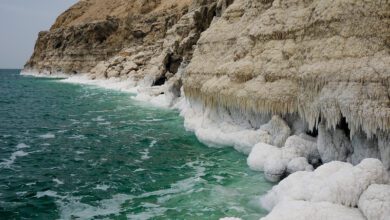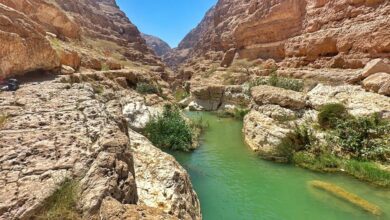
Step into the intriguing world of a Middle-Eastern wanderer as they embark on a journey to explore the captivating ruins of Persepolis in Iran. With its rich cultural heritage and awe-inspiring architecture, Persepolis stands as a testament to the splendor of ancient civilizations. Discover the hidden stories etched within the stone walls, and immerse yourself in the enchanting tales of a bygone era. Through this article, you will be transported to a land brimming with history and wonder, where every step is a portal to the past. Are you ready to embark on this unforgettable adventure?
History of Persepolis
Persepolis: The Ceremonial Capital of the Achaemenid Empire
Persepolis, also known as Parsa in ancient times, was the ceremonial capital of the Achaemenid Empire, one of the most powerful and influential empires in the ancient world. It was founded by Darius the Great in the 6th century BCE and served as the center of political, religious, and cultural activities during the reign of the Achaemenid kings. Persepolis was strategically located in the southwestern part of Iran, atop a vast plain, which added to its grandeur and allure.
The Construction and Layout of Persepolis
The construction of Persepolis began around 518 BCE and continued for over 150 years, with subsequent Achaemenid kings adding their contributions to the site. The layout of Persepolis was meticulously planned, featuring an expansive terrace with magnificent palaces, gateways, and audience halls. The architects and artisans employed various architectural styles, blending the best of Persian, Mesopotamian, and Egyptian influences to create a unique fusion that embodied the grandeur and opulence of the Achaemenid Empire.
Art and Architecture at Persepolis
Persepolis is renowned for its exquisite art and architecture, showcasing the exceptional skills of the Achaemenid craftsmen. Elaborate reliefs adorned the walls of the palaces, depicting scenes of royal ceremonies, mythical creatures, and conquered nations offering tribute to the king. The columns of the audience halls stood tall and proud, adorned with intricate carvings and symbols representing the diverse cultures within the empire. The use of precious materials, such as gold, silver, and precious stones, added to the splendor of the site, creating a visual spectacle that left visitors in awe.
The Decline and Fall of Persepolis
Tragically, the glory of Persepolis did not last forever. In 330 BCE, Alexander the Great invaded Persia and, in an act of vengeance, set fire to the city, resulting in the destruction of much of the site. The reasons behind Alexander’s actions are still subject to speculation, but the consequences were devastating. Persepolis fell into ruin, its once-majestic structures reduced to mere remnants of their former glory. However, the ruins that remain today bear witness to the extraordinary past of Persepolis, offering a glimpse into the rich history of the Achaemenid Empire.
The Mystique of Persepolis
Discovering the Ancient Grandeur
Stepping foot into Persepolis is like entering a time portal that transports you back to the height of the Achaemenid Empire. As you explore the ruins, you can’t help but be captivated by the sheer scale and grandeur of the site. The carefully preserved remnants of the palaces, gateways, and audience halls allow you to imagine the opulent ceremonies and lavish festivities that once took place within these walls. Every corner of Persepolis exudes a sense of mystique and awe, inviting you to delve deeper into its enigmatic history.
Unraveling the Secrets of Persepolis
Persepolis holds many secrets and mysteries waiting to be unraveled. Archaeologists and historians have been piecing together the puzzle of this ancient capital for centuries, uncovering clues about the life, customs, and beliefs of the Achaemenid people. Each new discovery sheds light on the rich tapestry of Persepolis’s past and brings us closer to understanding the intricacies of the once-magnificent empire. Exploring the ruins of Persepolis is not only a journey through time but also an opportunity to contribute to the ongoing quest for knowledge and understanding.
Legends and Myths Surrounding Persepolis
Persepolis, with its mythical past, has given rise to numerous legends and stories passed down through generations. Tales of gods and goddesses, heroic deeds, and epic battles have woven themselves into the fabric of Persepolis’s history. These legends not only add an air of enchantment to the site but also serve as a reminder of the enduring power of storytelling and the human need to make sense of the world through mythology. As you wander through the ruins, allow yourself to be captivated by these stories and let your imagination run wild.
The Symbolism and Significance of Persepolis
Persepolis holds great symbolism and significance not only for the ancient Persians but also for modern Iranians and people around the world. It stands as a testament to the achievements of the Achaemenid Empire and serves as a source of national pride for Iranians, reinforcing their cultural identity and reminding them of their rich heritage. Additionally, Persepolis’s universal appeal as a UNESCO World Heritage Site attracts visitors from all corners of the globe, drawing them in with its allure and connecting them to the broader narrative of human history.
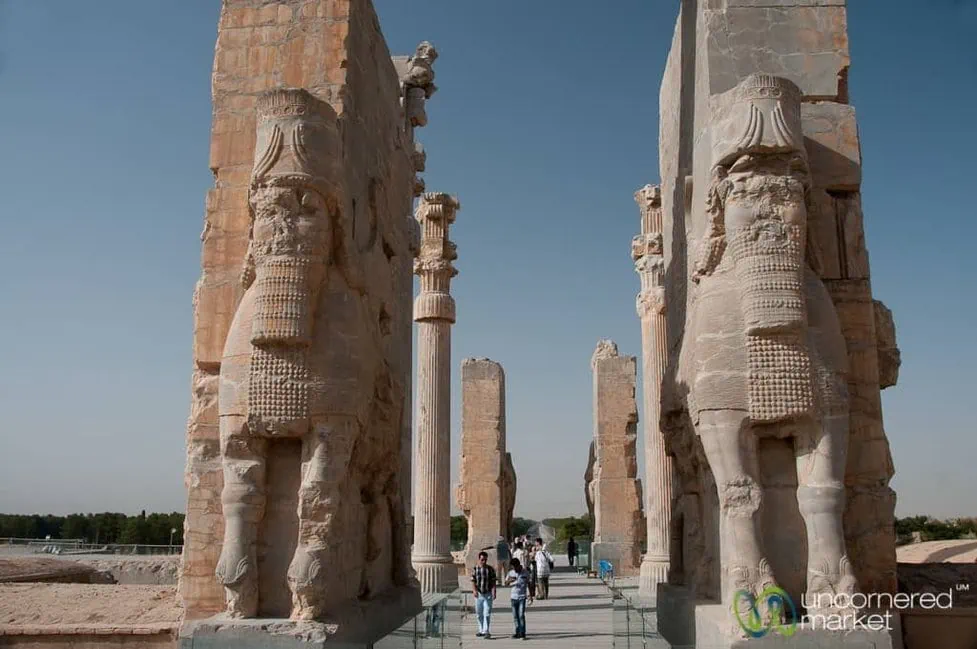
Preparing for Your Visit
Visa and Entry Requirements to Iran
Before embarking on your journey to Persepolis, it is essential to familiarize yourself with the visa and entry requirements for Iran. Visitors from many countries are required to obtain a visa before arrival, which can be obtained through an Iranian embassy or consulate. It is advisable to start the visa application process well in advance to allow for any potential delays. Additionally, it is important to check the latest travel advisories and information from your government regarding travel to Iran.
Best Time to Visit Persepolis
The best time to visit Persepolis is during the spring (March to May) and autumn (September to November) seasons when the weather is pleasant, and the site is not overcrowded with tourists. The summer months can be scorching hot, especially in this desert region, while winter sees a significant drop in temperatures. By planning your trip during the optimal seasons, you can ensure a more enjoyable and comfortable experience exploring the ruins of Persepolis.
Getting to Persepolis
Persepolis is located approximately 70 kilometers northeast of the city of Shiraz, making Shiraz the most convenient base for visiting the site. Shiraz is well-connected by air, with regular international and domestic flights arriving at Shiraz International Airport. From Shiraz, you can hire a taxi or join a guided tour to reach Persepolis, which is an approximately one-hour drive away. While public transportation options are limited, taxis and private transfers offer a convenient and reliable way to get to the site.
Accommodation Options Near Persepolis
While there are no accommodation options directly at Persepolis, the nearby city of Shiraz offers a variety of choices to suit every budget and preference. From luxury hotels to boutique guesthouses and budget-friendly hostels, there is an array of accommodation options to choose from, ensuring a comfortable and enjoyable stay. It is recommended to book your accommodation in advance, especially during peak travel seasons, to secure your desired choice and location.
What to Wear and Pack for Your Trip
When visiting Persepolis, it is important to dress modestly and respectfully, as Iran is a conservative country. Both men and women should ensure that their clothing covers their arms and legs, and women should also cover their hair with a headscarf. Lightweight, breathable clothing is recommended to cope with the dry desert heat, and comfortable walking shoes are essential for exploring the site. It is also advisable to carry sunscreen, a hat, and a refillable water bottle to stay hydrated during your visit.
Safety and Security Considerations
Iran is generally a safe destination for travelers, with a low crime rate and friendly locals. However, it is always important to exercise common sense and take precautions to ensure your safety. It is advisable to keep your belongings secure and be aware of your surroundings, especially in crowded areas. Following local customs and laws is crucial, and it is recommended to respect the cultural norms and traditions of Iran to ensure a smooth and enjoyable visit. It is also advisable to have travel insurance that covers medical expenses and any potential emergencies.
Exploring the Ruins of Persepolis
Entering the Gates of Persepolis
As you approach Persepolis, you will be greeted by the magnificent Gate of All Nations, the main entrance to the site. The imposing gate, flanked by stone bulls and lions, sets the stage for the grandeur that lies beyond. As you pass through the gate, you will enter the Terrace of Persepolis, where the sprawling ruins of palaces and structures await exploration. Take a moment to soak in the atmosphere and marvel at the ancient world that surrounds you before embarking on your journey through the ruins.
Main Structures and Landmarks at Persepolis
Persepolis is home to several main structures and landmarks that offer a glimpse into the grandeur of the Achaemenid Empire. The Apadana Palace, with its iconic staircases and elaborate reliefs, stands as a testament to the power and prestige of the Achaemenid kings. The Throne Hall, with its majestic columns and impressive size, leaves visitors in awe as they imagine the lavish ceremonies that once took place within its walls. The Treasury of Persepolis, once filled with priceless treasures, now showcases ancient artifacts, providing insights into the daily life of the Achaemenid people.
The Throne Hall and Its Majestic Columns
The Throne Hall, known as the Hall of 100 Columns, is one of the most impressive structures at Persepolis. It once housed the grand audience hall, where the Achaemenid kings received foreign delegations and conducted state affairs. The hall boasts an awe-inspiring array of columns, each measuring approximately 20 meters in height and adorned with intricate carvings. These majestic columns, with their fluted shafts and animal-inspired capitals, are a testament to the advanced engineering and artistic skills of the Achaemenid craftsmen.
The Apadana Palace and Its Intricate Reliefs
The Apadana Palace, located on the western side of the Terrace, is another remarkable structure at Persepolis. Its grand staircase, adorned with elaborate reliefs, leads to the upper platform where the palace once stood. These reliefs depict a wide range of scenes, from royal processions and tribute bearers to mythical creatures and dignitaries from various nations. The level of detail and precision in these reliefs is truly astounding, showcasing the mastery of the Achaemenid artists and their ability to bring stories to life through stone carvings.
The Treasury of Persepolis and Its Ancient Artifacts
The Treasury of Persepolis provides a glimpse into the material wealth and cultural richness of the Achaemenid Empire. Located towards the east of the Terrace, this structure housed the vast treasures and gifts offered to the Achaemenid kings. While many of the original treasures have been lost or plundered over the centuries, the Treasury still houses a collection of ancient artifacts, including jewelry, sculptures, and ceremonial objects. These artifacts offer insights into the artistic and technological advancements of the Achaemenid era, allowing visitors to appreciate the craftsmanship and beauty of ancient Persia.

The Harem and Residential Areas
The Harem and residential areas of Persepolis provide a glimpse into the daily life of the Achaemenid people. These areas, located on the eastern side of the Terrace, were once populated by the royal concubines, court officials, and their families. While the structures are now in ruins, the layout and remnants offer insights into the architectural design and social structure of the time. Exploring the residential areas allows visitors to appreciate the scale and complexity of the ancient city and gain a deeper understanding of life within the capital.
Climbing the Mountain of Mercy
Adjacent to Persepolis lies the Mountain of Mercy, known locally as Rahmat Mountain. For those seeking a more adventurous experience, climbing this mountain offers a panoramic view of the region and a unique perspective of Persepolis from above. The mountaintop offers a serene and peaceful escape, providing a contrast to the bustling ruins below. Whether you are an avid hiker or simply seeking a moment of tranquility, venturing up the Mountain of Mercy allows for a different perspective on the ancient capital and the surrounding landscape.
Exploring the Nearby Necropolis
The nearby Necropolis, or Naqsh-e Rustam, is another must-see site for history enthusiasts visiting Persepolis. Located just a short distance from Persepolis, this ancient cemetery is carved into the cliffs and houses the tombs of several Achaemenid kings, including Darius the Great and Xerxes. These monumental tombs, with their intricate facades and majestic reliefs, pay tribute to the revered kings and help preserve their memory for generations to come. Exploring the Necropolis offers a deeper understanding of the regal legacy of the Achaemenid Empire and complements the experience of visiting Persepolis.
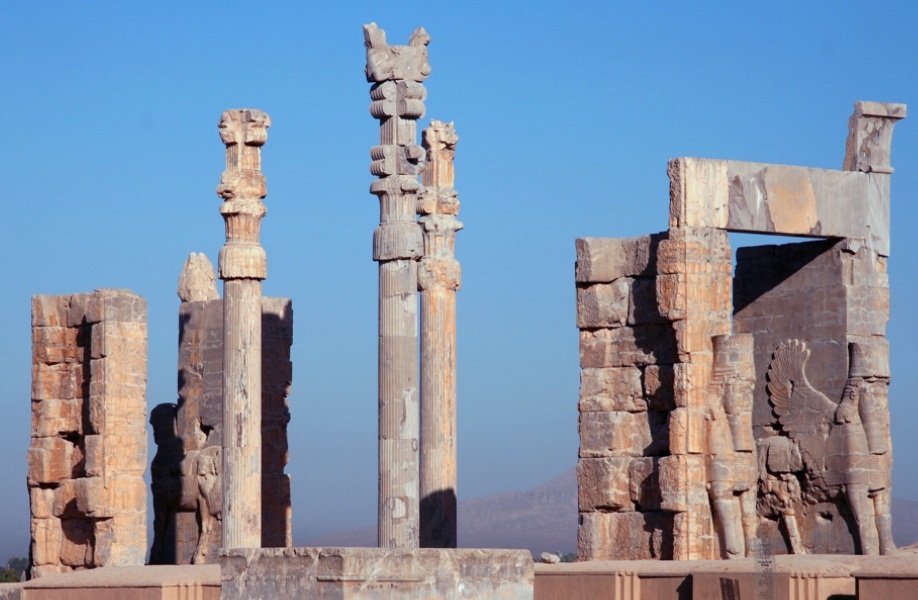
Experiencing Persian Culture
Local Cuisine and Delicious Persian Dishes
Iranian cuisine is renowned for its rich flavors and aromatic spices, offering a delightful culinary adventure for visitors. Sampling traditional Persian dishes is an essential part of experiencing the local culture. From mouth-watering kebabs and tantalizing stews to fragrant rice dishes and delectable sweets, the variety and complexity of Persian cuisine are sure to satisfy even the most discerning food lovers. Don’t miss the opportunity to savor the flavors of Iran and indulge in the culinary delights that await you.
Traditional Arts and Crafts of Iran
Iran has a long and rich tradition of arts and crafts, stemming from its ancient and diverse cultural heritage. Embark on a journey through the bazaars and workshops of Iran to witness the creation of intricate carpets, exquisite pottery, and stunning miniature paintings. Engage with local artisans and craftsmen to gain insight into their techniques and learn about the historical significance of their art forms. Bringing home a piece of Persian art or craft not only serves as a beautiful souvenir but also supports the preservation of these traditional practices for future generations.

Festivals and Celebrations in Iran
Iran is a country of vibrant festivals and celebrations that offer a glimpse into its rich cultural tapestry. From Nowruz, the Persian New Year, to Yalda Night, marking the longest night of the year, these festivities are steeped in ancient traditions and customs. Attending a festival in Iran allows you to witness the joy and camaraderie of the locals, as they come together to celebrate their heritage and share their traditions with visitors. Immerse yourself in the lively atmosphere and revel in the unique experiences that these festivals offer.
Interacting with Friendly Locals
One of the most memorable aspects of visiting Iran is the opportunity to interact with its warm and welcoming locals. Iranians are known for their hospitality and genuine interest in connecting with people from different cultures. Strike up a conversation with a local, visit a teahouse to engage in lively discussions, or join a group activity to experience the warmth and friendliness that permeates Iranian society. Embracing these interactions enriches your journey and allows you to forge lasting connections and friendships along the way.
Tips for a Memorable Visit
Engaging a Knowledgeable Tour Guide
To make the most of your visit to Persepolis, consider engaging the services of a knowledgeable tour guide. A guide can provide invaluable insights into the history and significance of the site, enlightening you about the intricate details and stories behind the ruins. They can also navigate the maze-like layout of Persepolis, ensuring that you don’t miss any hidden gems or important landmarks. A tour guide can enhance your experience, offering a deeper understanding and appreciation of the ancient capital and its place in history.
Capturing Stunning Photographs
Persepolis offers countless opportunities for capturing stunning photographs that will forever preserve your memories of this ancient site. Whether you are a professional photographer or a casual shutterbug, take the time to capture the beauty and grandeur of Persepolis from different angles and perspectives. The soft morning light or the golden hour before sunset can add a magical touch to your photos. Don’t forget to also focus on the intricate details and intricate carvings that abound, as they hold secrets waiting to be discovered through the lens of your camera.

Respecting the Cultural Etiquette
Respecting the cultural etiquette of Iran is essential to ensure a smooth and respectful visit. Iranians place great importance on politeness and modesty, and it is important to adhere to their customs and traditions. Dress modestly and respectfully, particularly when visiting religious sites or public places. It is customary to remove your shoes when entering someone’s home or a place of worship. Public displays of affection should be avoided, and it is best to ask for permission before taking photos of locals. By respecting these cultural norms, you show your appreciation for the rich heritage and traditions of Iran.
Staying Hydrated in the Desert Climate
Persepolis is located in a desert region, where temperatures can soar, especially during the summer months. It is crucial to stay hydrated to ensure your well-being and enjoyment during your visit. Carry a refillable water bottle and drink plenty of fluids throughout the day. Seek shade whenever possible, especially during the hottest hours, and use sunscreen to protect your skin from the intense sun. By taking these precautions, you can enjoy your time exploring the ruins of Persepolis while staying safe and comfortable.
Pacing Yourself for a Full Day of Exploration
Persepolis is a vast site with many areas to explore, and it is easy to get carried away and lose track of time. To make the most of your visit, pace yourself and plan your itinerary accordingly. Start early in the day to avoid the midday heat and allocate sufficient time to explore each section of the site. Take breaks when needed to rest and recharge, especially if you are visiting during the hotter months. By pacing yourself, you can fully appreciate the grandeur of Persepolis without feeling rushed or overwhelmed.
Taking Breaks in the Shade
Persepolis is surrounded by open spaces and expansive ruins, leaving little natural shade. To avoid overexposure to the sun and prevent fatigue, take regular breaks in the shade that can be found near the ruins or within the entrance area. Sitting down and enjoying a moment of respite allows you to catch your breath, hydrate, and appreciate the serene atmosphere of the site. These breaks also provide an opportunity to reflect on the history and significance of Persepolis and admire the surrounding landscape.
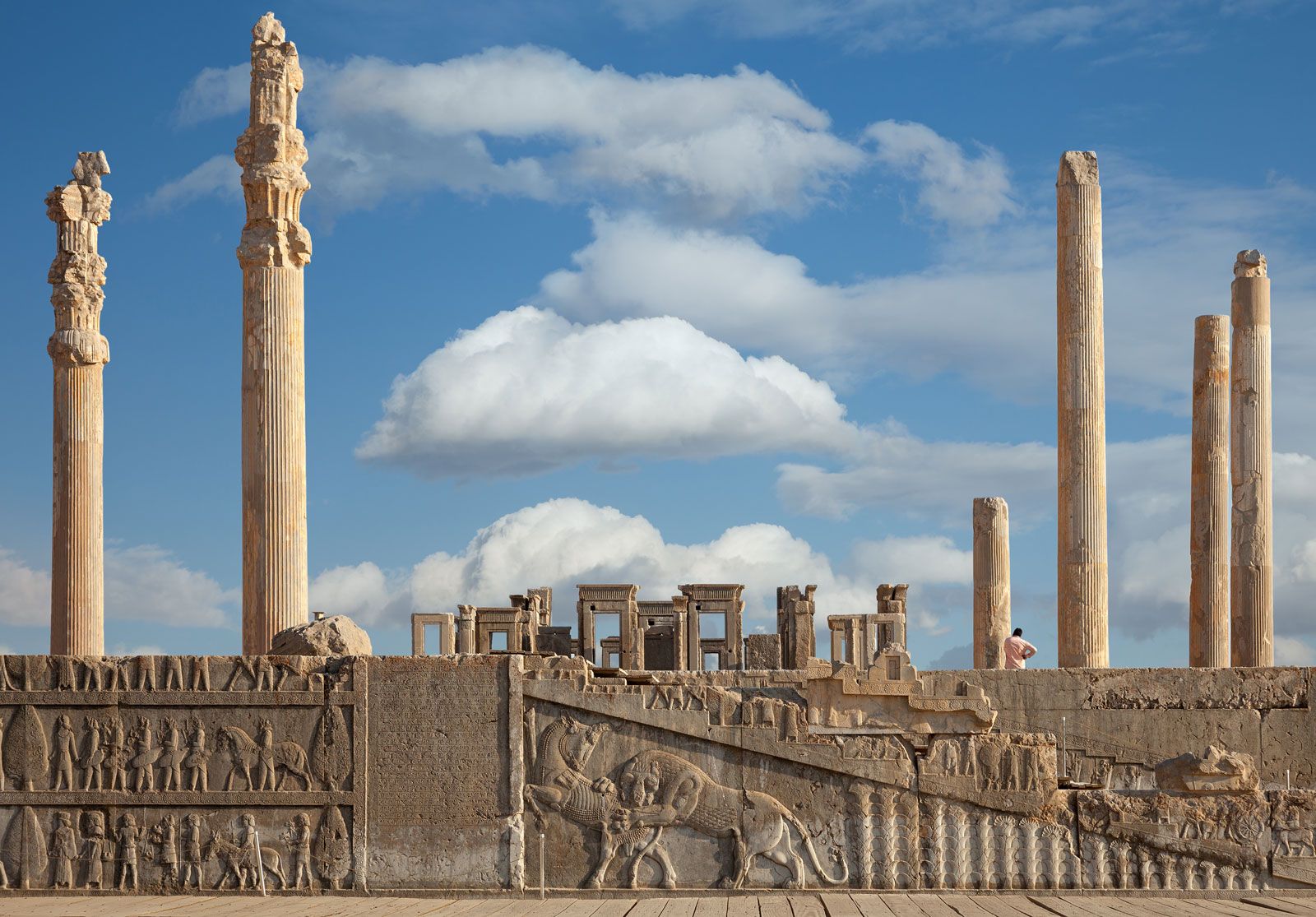
Preserving the Heritage of Persepolis
Conservation Efforts at Persepolis
Preserving the heritage of Persepolis is of paramount importance to ensure its longevity for future generations to appreciate and learn from. Since the ruins were partially destroyed by fire, extensive conservation efforts have been undertaken by the Iranian government and various international organizations. Scholars, archaeologists, and experts in restoration work tirelessly to restore the remaining structures, stabilize fragile areas, and protect the site from further degradation. These ongoing conservation efforts aim to preserve Persepolis as a living testament to the Achaemenid Empire and its contribution to world history.
Challenges and Threats to the Ruins
Despite the concerted conservation efforts, Persepolis faces numerous challenges and threats that can impact its preservation. The harsh desert climate, with its extreme temperature fluctuations, puts stress on the fragile structures. Human activities, such as vandalism and unauthorized excavations, also pose a threat to the ruins. Pollution, both from nearby urban centers and tourism activities, can accelerate the deterioration of the site. It is crucial for visitors, as well as the local community, to be aware of these challenges and take proactive measures to minimize their impact on Persepolis.
International Recognition and Protection
Persepolis has been recognized as a UNESCO World Heritage Site since 1979, acknowledging its outstanding universal value and cultural significance. This designation brings international attention and support for the preservation and protection of the site. It also raises awareness among the global community about the importance of safeguarding cultural heritage. The international recognition and protection afforded by UNESCO designation are crucial in ensuring the long-term preservation of Persepolis against the ever-present threats it faces.
The Role of Tourism in Preservation
Tourism plays a vital role in the preservation of Persepolis. Responsible tourism practices can generate much-needed income for conservation efforts, support local communities, and contribute to the sustainable development of the region. By visiting Persepolis, tourists not only gain a deeper appreciation for its historical significance but also help raise awareness about its preservation needs. It is important for visitors to respect the site, adhere to guidelines and regulations, and leave no trace behind. Through sustainable tourism practices, Persepolis can continue to captivate and inspire future generations.
Beyond Persepolis: Other Must-See Sites in Iran
Isfahan: The City of Islamic Architecture
Isfahan, located in central Iran, is a treasure trove of architectural wonders and rich cultural heritage. The city is renowned for its stunning mosques, intricate tile work, and beautiful Persian gardens. The UNESCO-listed Naqsh-e Jahan Square, with its grand palaces and magnificent mosques, is a centerpiece of Isfahan and a must-visit site. The ancient bazaars, bridges, and caravanserais add to the charm and appeal of this historic city, making it an essential stop on any journey through Iran.
Shiraz: Poetry and Gardens
Shiraz, known as the city of poets and Persian gardens, is a vibrant and enchanting destination. The city’s rich history and literary legacy are reflected in its numerous gardens, such as the famous Eram Garden and the tranquil Narenjestan Garden. Shiraz is also home to iconic landmarks, such as the stunning Nasir al-Mulk Mosque and the majestic Arg-e Karim Khan citadel. Immerse yourself in the poetic atmosphere of Shiraz, visit the tombs of famous Persian poets, and experience the sublime beauty of this cultural hub.

Yazd: An Oasis in the Desert
Yazd, situated in the heart of the Iranian desert, offers a unique glimpse into traditional Iranian architecture, Zoroastrian heritage, and desert living. The city’s distinctive windcatchers, or badgirs, are a testament to ancient Persian engineering and offer natural ventilation in the desert heat. Yazd is also home to sacred Zoroastrian temples, such as the impressive fire temple of Atash Behram, where visitors can learn about the ancient Zoroastrian faith. Exploring the narrow alleyways of the historic old town, with its mud-brick buildings and traditional houses, is an immersive experience that transports you to a bygone era.
Tehran: Modern Capital, Ancient Roots
Tehran, the bustling capital of Iran, serves as a gateway to both the country’s rich history and its vibrant contemporary culture. The city is home to numerous museums, including the National Museum of Iran and the Treasury of National Jewels, which house invaluable artifacts and showcase the country’s ancient heritage. Tehran is also a center of modern art, with galleries, theaters, and bustling art districts. Explore the diverse neighborhoods, indulge in the local cuisine, and experience the unique blend of tradition and modernity that defines this cosmopolitan city.
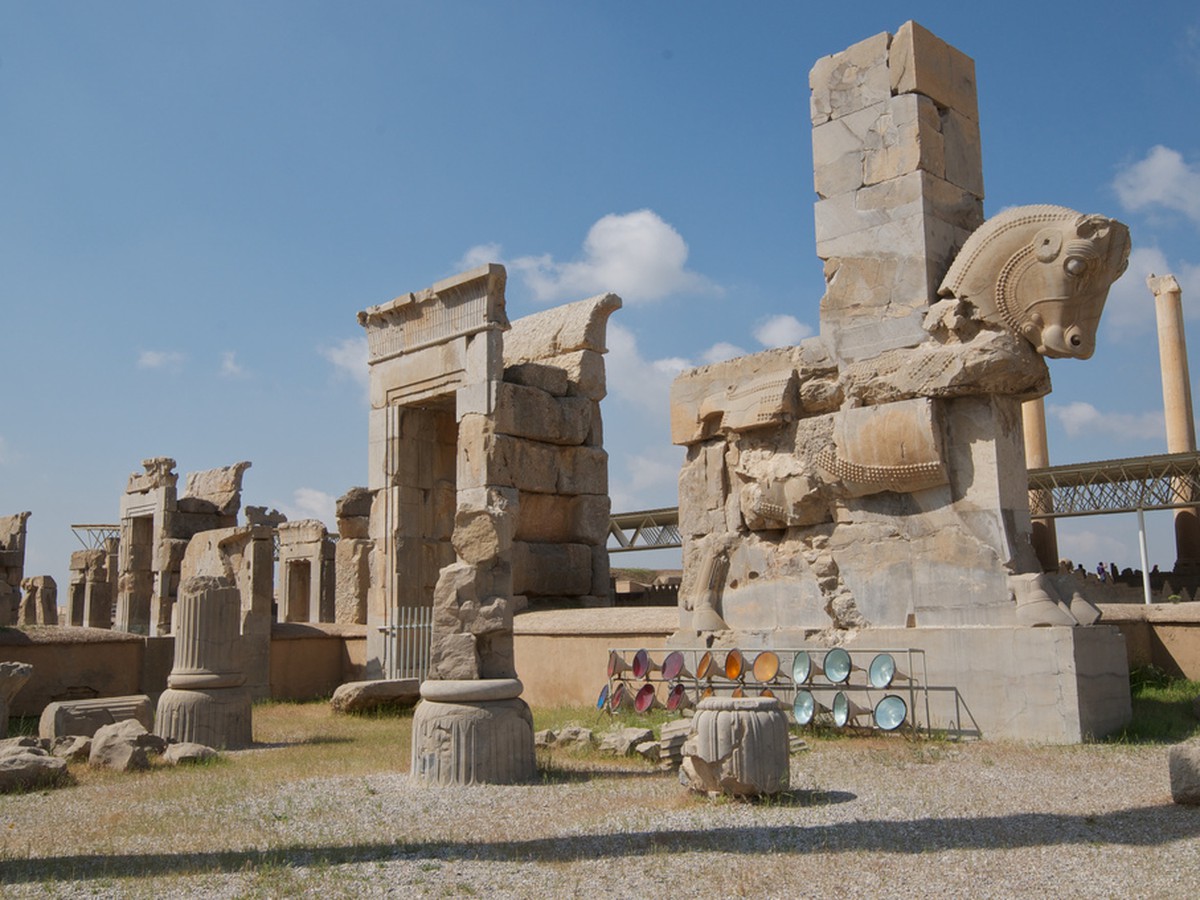
Conclusion
Exploring the ruins of Persepolis is an awe-inspiring journey through time, allowing visitors to immerse themselves in the grandeur of the Achaemenid Empire. The rich history, stunning architecture, and enigmatic allure of Persepolis make it a must-visit destination for history enthusiasts and culture seekers alike. By preparing for your visit, respecting the local customs, and engaging in responsible tourism practices, you can contribute to the preservation of Persepolis and ensure that its legacy continues to inspire and captivate future generations. Beyond Persepolis, Iran offers a wealth of remarkable sites and experiences that further enrich your journey, allowing you to explore the diverse tapestry of Persian culture and history.
UAE To Peru: Trekking The Inca Trail To Machu Picchu(Opens in a new browser tab)
A Whiff Of Sri Lanka: Tea Plantations & More From A UAE Traveler’s Eyes(Opens in a new browser tab)


